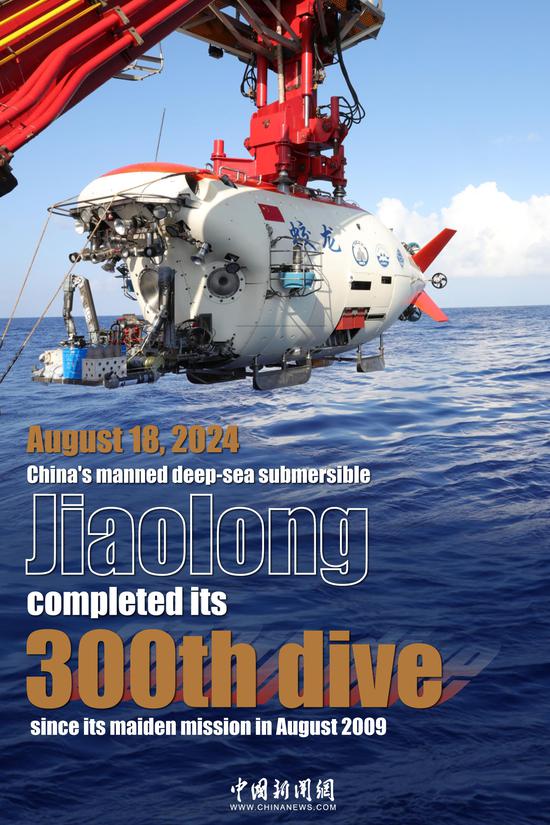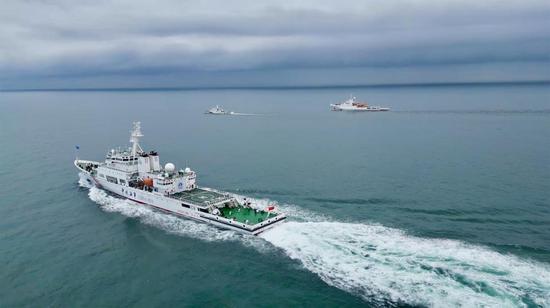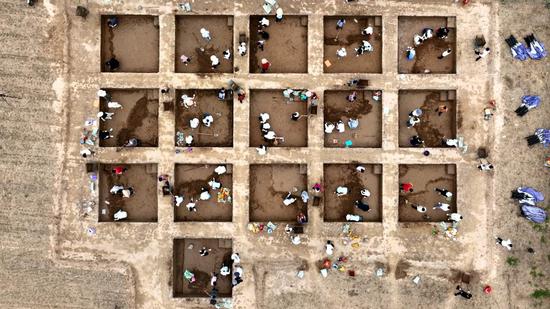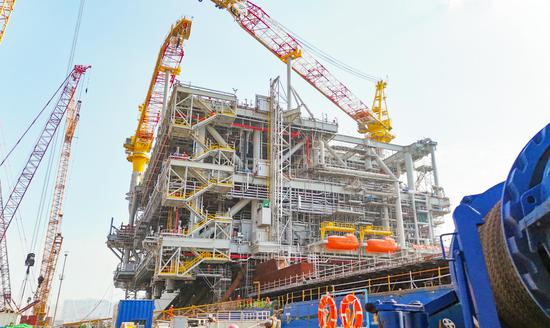Kinetica-2 (Lijian-2), Chinese Academy of Sciences (CAS) Space's new liquid propellant rocket that is designed to support China's large-scale satellite constellation networks, has successfully completed its stage separation test, marking a milestone achievement toward its maiden flight scheduled for 2025, the Global Times learned from the rocket developer on Tuesday.
According to the CAS Space, the test demonstrated the normal functioning of all systems involved and confirmed the successful separation of the rocket's first and second stages.
The test validated the correctness and compatibility of the secondary unlocking scheme for stage separation. It also confirmed the effective performance of related components during the separation process, including unlocking devices, energy separation, gas line disconnection, cable disconnection, and shock absorption mechanisms.
Independently developed by the CAS Space, the Kinetica-2 is a medium-sized liquid carrier rocket designed with a focus on standardization, serialization, and modularization. It is engineered to meet the future demands of large-scale satellite constellation networks and low-cost cargo transportation.
The rocket features a Common Booster Core (CBC) configuration, a core stage diameter of 3.35 meters, a total length of 53 meters, a liftoff weight of 625 tons, and a liftoff thrust of 766 tons.
With a payload capacity of 8 tons to Sun-synchronous orbit (SSO) and 12 tons to Low Earth Orbit (LEO), the rocket is capable of launching into Sun-synchronous, low-Earth, and transfer orbits. This capability will further enhance China's ability to conduct large-scale, low-cost space missions and propel the nation's commercial space industry advancement.
Currently, the Kinetica-2's service targets include low-cost cargo spacecraft, the second-generation carbon emission monitoring satellite, the Qianfan mega-constellation project, or known as the G60, and other large internet constellations, Zhang Yanrui, technology director of the CAS Space, told the Global Times on Tuesday.
The model is now in the large-scale ground testing phase of its engineering development, with its maiden flight scheduled for 2025.
Future work will involve the development and validation of general core stage bundled load transfer technology, large-diameter fairing separation ground test technology, and axial compression testing design and verification for barrel structures, Zhang disclosed.


















































 京公網(wǎng)安備 11010202009201號(hào)
京公網(wǎng)安備 11010202009201號(hào)